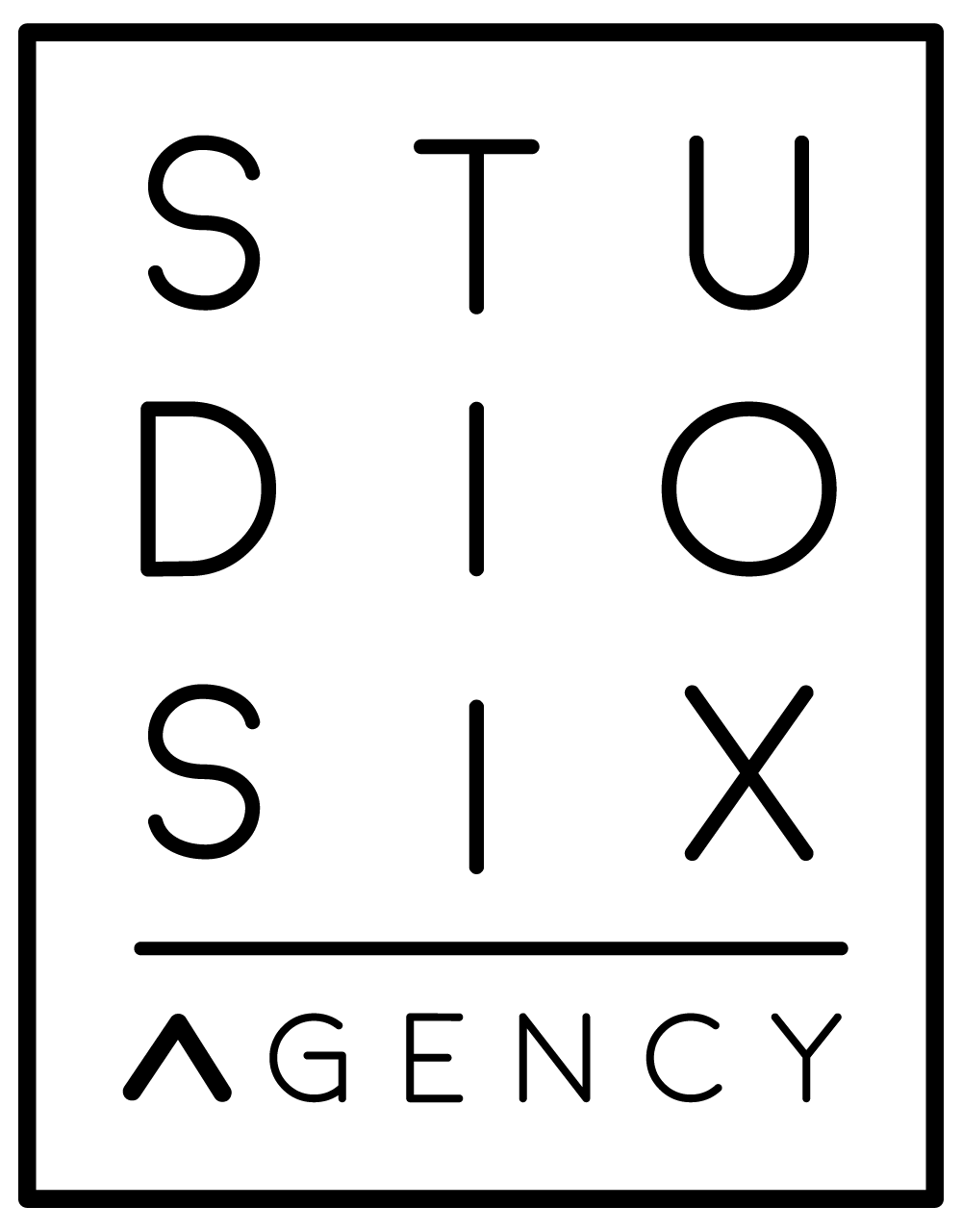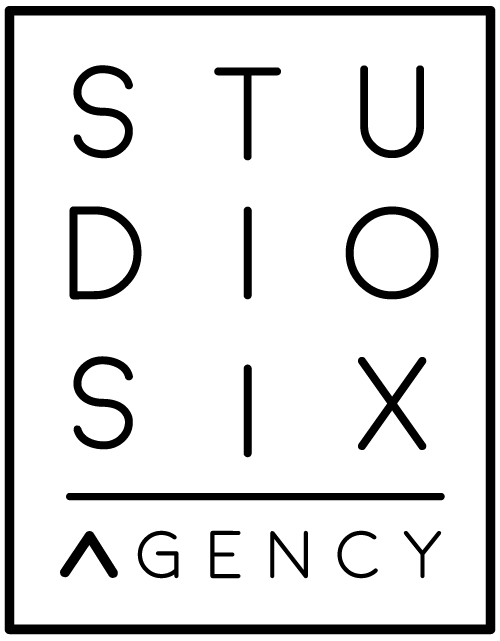Ai vs Graphic Designer
The topic of AI and graphic design evokes different reactions; some find it daunting, while others are optimistic about its potential to merge technology and art. We can see both perspectives clearly. On one side, there’s the cheerful creative who thrives on trends, delights in crafting original pieces, and views AI as a new tool to explore—a necessary addition to their toolkit in 2024. On the flip side, there’s the less gleaming view of designers who fear being left behind, worry about the loss of human touch, and foresee their careers becoming obsolete.
I view this new technology simply as a tool—an instrument to help designers become more efficient and creative. It expands our possibilities and promises a more engaging future for advertising and marketing. But, as the saying goes, with great power comes great responsibility, and that’s exactly how I approach it. Resistance isn’t the solution; instead, we should tread cautiously and embrace the future tech coming our way. We must stay informed, thoroughly test it to weigh the pros and cons, and be prepared for whatever lies ahead.
Let’s first look at the bright side—the pros.
Integrating AI into the creative process isn’t just about creativity; it also streamlines workflow. AI can automate mundane tasks like organizing digital files, freeing up time for artists to focus on their craft. Tasks like photo cropping and background removal, which are typically tedious, can now be done almost mindlessly, allowing creativity to flow uninterrupted. AI algorithms can also analyze user interactions in real-time, providing valuable insights for optimizing designs and enhancing user experience. This efficiency saves time, and we all know that time = money.
Now, onto the less shiny side.
There’s a legitimate concern that excessive reliance on AI may strip designs of authenticity and emotional depth. AI-generated content may lack the soulfulness often found in human-created art, risking the production of generic and uninspired work. Over-reliance on AI tools might also lead to a loss of creative control, with algorithms dictating artistic decisions. This threatens the essence of the creative process, which thrives on freedom and autonomy. Additionally, fears of job displacement loom large as automation threatens to replace human creatives in certain tasks, potentially leading to economic upheaval within the artistic community.
In the intersection of art direction and AI, whether you lean towards optimism or skepticism, one thing remains clear: technology’s integration into design is a double-edged sword, also, we have little control to stop it in its tracks. As we navigate this evolving landscape, it’s crucial to approach AI with caution and collaboration. Progress shouldn’t come at the expense of artistic expression. Innovation is vital for growth, and the symbiotic relationship between humans and AI is increasingly evident as we venture into the future of graphic design.


